At many large outdoor events, the use of plastic goblets and glasses has practically become a requirement. But why is this choice so widespread and important?
- Safety of participants: In events with a large crowd, participant safety is a top priority. Glass, if broken, can cause serious injuries to nearby individuals. Plastic glasses eliminate this risk, providing a safe and shard-free alternative.
- Environmental impact reduction: Despite plastic's poor environmental reputation, there are modern options of recyclable plastic that can be used in large events. These materials offer a more sustainable alternative to disposable glass, reducing the overall environmental impact of the event as plastic glasses can be reused multiple times.
- Cost-effectiveness: Using plastic glasses can be more cost-effective than glass in some cases, resulting in significant savings for event organizers.
- Accessibility for all: Plastic glasses are easier to handle for all individuals, including children, the elderly, and people with disabilities. Their lightweight and lack of shard risk make them suitable for a wide range of participants, ensuring a positive experience for everyone.

Let's delve into the various options of common plastic materials used for goblets and glasses, analyzing their properties, washability, and suitability for outdoor events. We'll particularly explore SAN, polystyrene, and Tritan, providing a brief overview of their characteristics and uses in large event contexts. This will reveal how material choice can impact not only participants' experience but also the environmental footprint and overall management of the event itself.
-
- Washing: SAN items are generally dishwasher safe (up to 500 washes with a professional dishwasher) at moderate temperatures. It can be used within the temperature range of -10°C to +100°C.
-
- Material Properties: SAN is known for its transparency and brilliance, similar to glass. It's resistant to impacts and breakages but can scratch easily if handled roughly. It's an economical and lightweight material, suitable for short-term use at events and parties.
-
- Washing: Polystyrene is sensitive to high temperatures, hence it's recommended for use within the temperature range of -10°C to +70°C. It can be washed in the dishwasher (up to 125 washes with a professional dishwasher) but with gentle cycles.
-
- Material Properties: Polystyrene is lightweight and easy to transport. It has good transparency and brilliance but is less resistant to impacts compared to other plastic materials like Tritan. It's an economical and popular option for highly attended events.
-
- Washing: Tritan is designed to withstand moderate temperatures and can be washed in the dishwasher (up to 350 washes with a professional dishwasher). It can be used within the temperature range of -10°C to +100°C.
-
- Material Properties: Tritan is BPA-free, known for its resistance to impacts, breakage, and scratches. It's transparent and maintains clarity over time. It's a premium choice for plastic goblets and glasses, ideal for events where a glass-like appearance is desired without the associated risks.
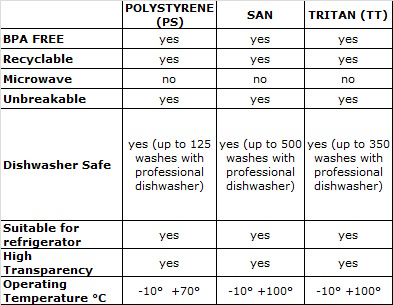
In conclusion, the choice of plastic glasses depends on the specific needs of the event, the expected duration of use, and aesthetic preferences. Each of the mentioned materials offers unique advantages in terms of washability and material properties, allowing organizers to select the option most suitable for their requirements.



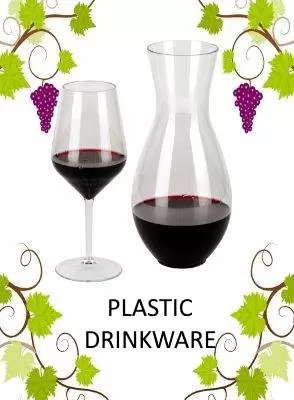







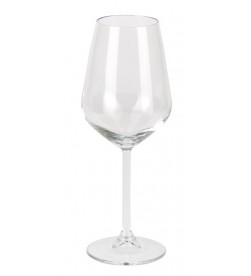







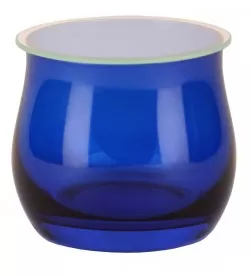











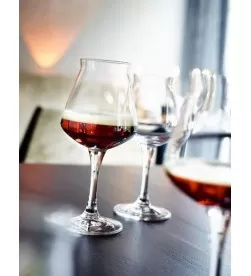







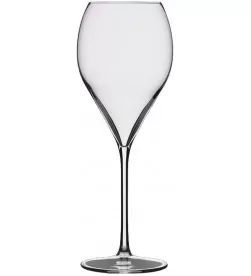

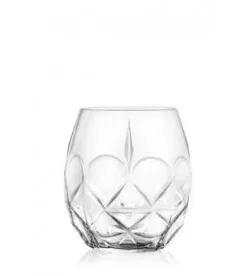






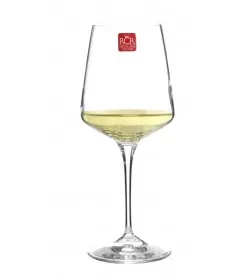




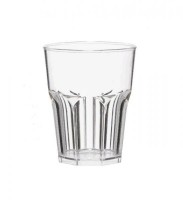






 Tasting
Tasting
 The sommelier's tools
The sommelier's tools
 Tasting events
Tasting events
 Personalized Plastic Glasses: Quality, Design with Plastic Glasses
Personalized Plastic Glasses: Quality, Design with Plastic Glasses
 Hard plastic glasses are essential during summer holidays
Hard plastic glasses are essential during summer holidays
 Crystal glasses and stemware: that subtle transparency
Crystal glasses and stemware: that subtle transparency
 Cantine Aperte at Christmas: Wine Tasting
Cantine Aperte at Christmas: Wine Tasting
 Back to School: Learning to Taste Wine Properly
Back to School: Learning to Taste Wine Properly